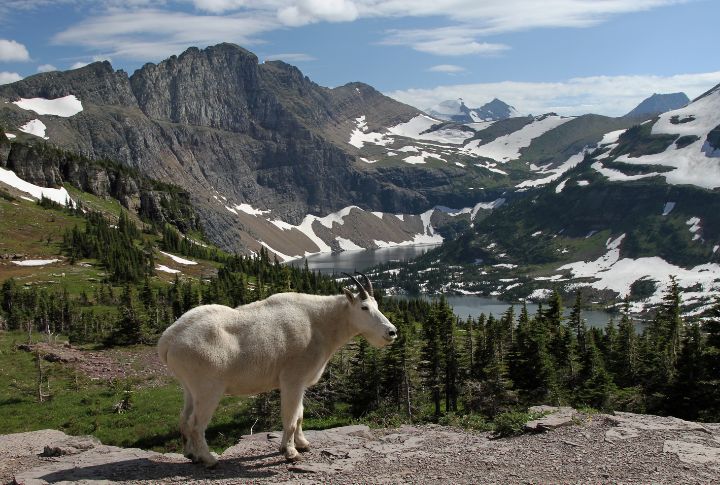
The United States is home to breathtaking terrain and diverse wildlife, but some places pose a greater risk of dangerous animal encounters than others. These ten states have proven to be particularly hazardous for residents, adventurers, and photographers. If you’re about to visit these states, watch out for venomous snakes, massive predators, or aggressive marine life.
Alaska
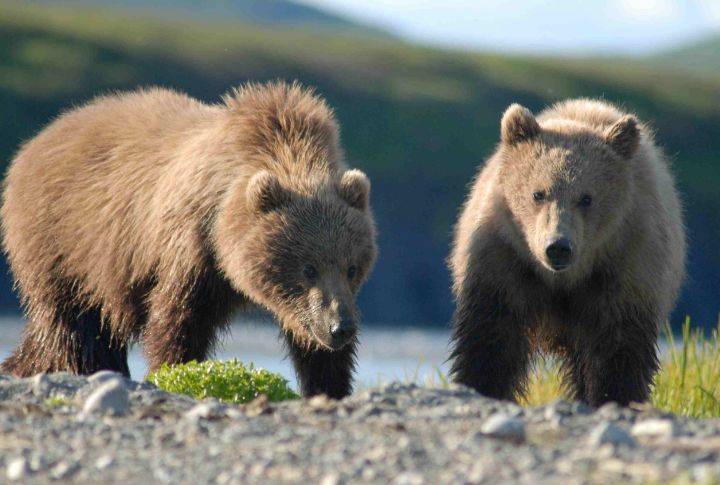
Alaska’s vast wilderness is a paradise for nature lovers, but it also harbors some formidable predators. Grizzly bears, polar bears, and wolves roam freely, often clashing with humans who venture into their territories. Rare as they are, bear attacks can be fatal and end in tragedy. Even seasoned campers must remain vigilant in this land.
Florida
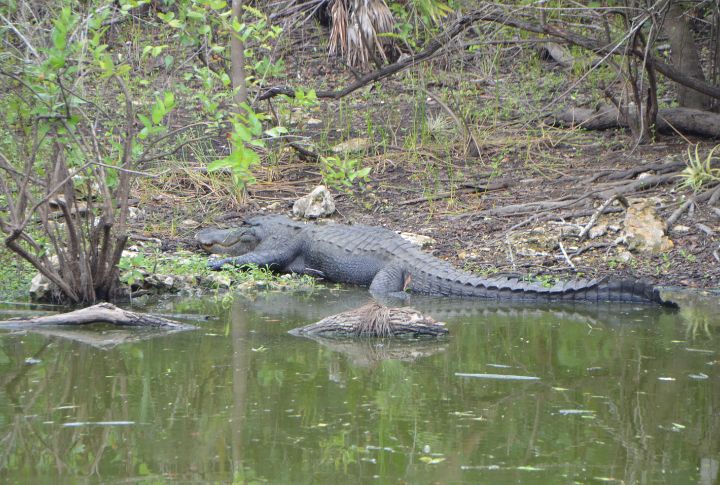
The warm climate and extensive wetlands of Florida create an ideal habitat for dangerous wildlife. As human expansion encroaches on natural areas, encounters with alligators and venomous snakes, including invasive species like the Burmese python, have surged. This increasing overlap of human and animal habitats causes frequent and sometimes deadly confrontations.
Texas
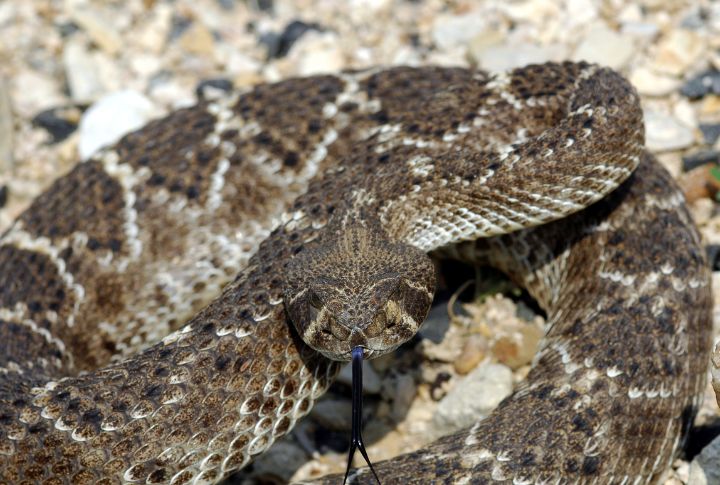
Also known as the Lone Star State, Texas is home to rattlesnakes and mountain lions. Sharks have also been spotted on its Gulf Coast. Rattlesnakes thrive in this state’s arid environment and are particularly concerning. Despite these venomous reptiles causing numerous bites annually, fatalities are rare due to quick access to antivenom and medical care.
California
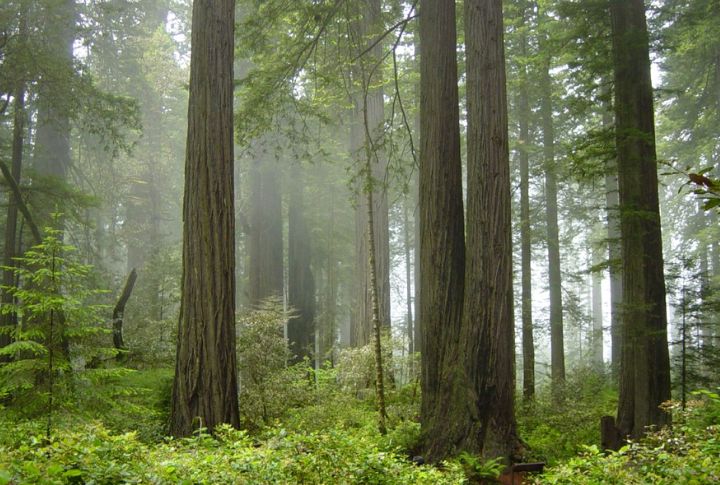
From towering forests to the vast Pacific, California’s biodiversity includes dangerous and vicious creatures. On land, mountain lions lurk in remote areas, occasionally attacking hikers. In the ocean, great white sharks patrol the coastline, making surfers and swimmers vulnerable. They come from different habitats, but both pose risks to unsuspecting adventurers.
Arizona
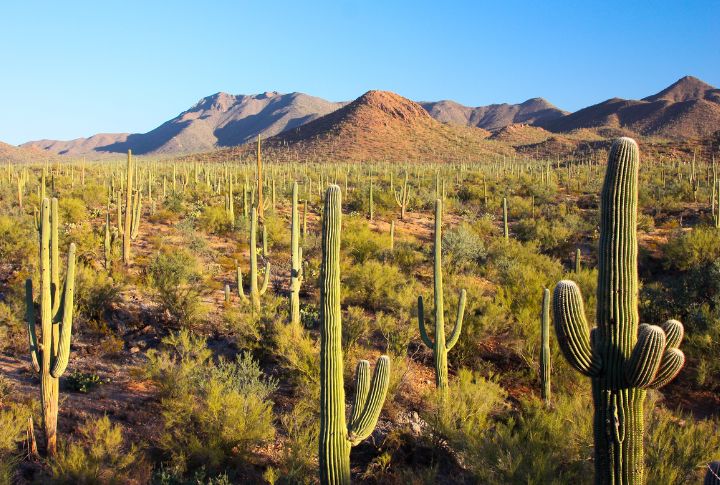
The desert heat isn’t just challenging for humans. It also fuels some of Arizona’s most fearsome creatures. The rattlesnakes emerge from rocky hideouts to seek warmth, while the scorpions, like the deadly Arizona bark scorpion, skitter into homes and shoes. Venomous spiders, such as the black widow, add another layer of danger.
Montana
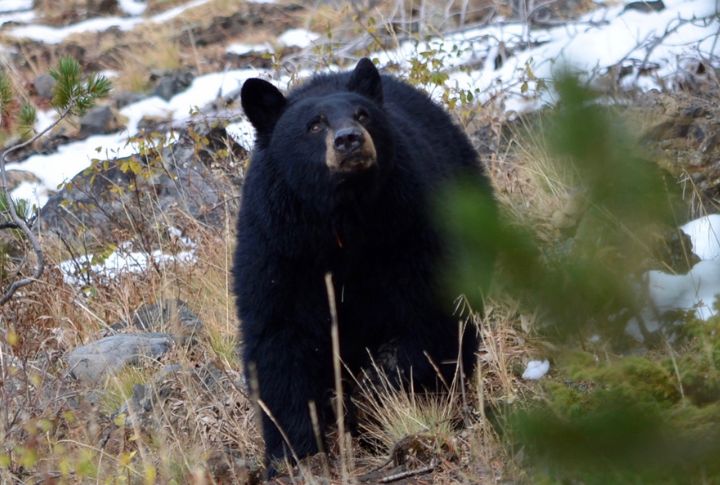
A rising number of bear attacks in Montana has alarmed locals and tourists. As homes increase and more people explore the wilderness, grizzly bears are increasingly provoked or surprised. Their instinctive aggression in this state is not due to malice but to the perceived threat humans pose in their territory.
Louisiana
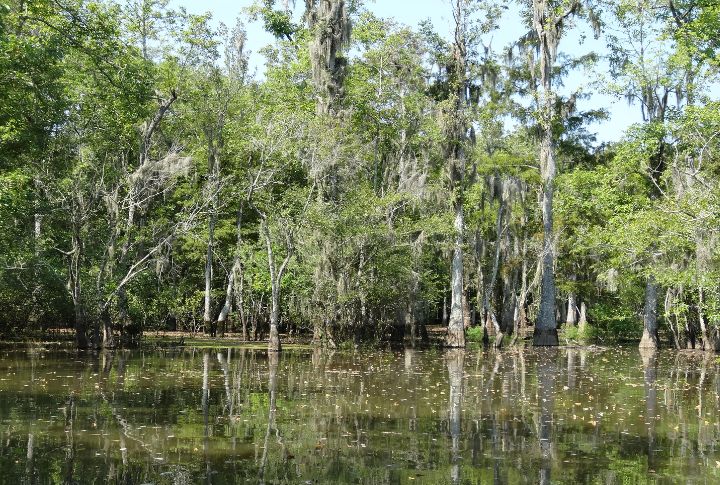
Deep in Louisiana’s bayous, a world of hidden threats awaits. Alligators lurk beneath the surface at the water’s edge, waiting for prey, and the venomous cottonmouths coil silently in the thick underbrush. Plus, the mosquitoes in the region transmit dangerous diseases. Moving through these swamps requires caution at every level—ground, water, and air.
North Carolina

Shark attacks are more frequent in North Carolina than in other states. The coastline is a hotspot for shark activity. In 2023, multiple incidents occurred along the Outer Banks, with surfers and swimmers being prime targets. The warm waters and a thriving fish population attract marine predators and increase the chances of encounters.
Colorado
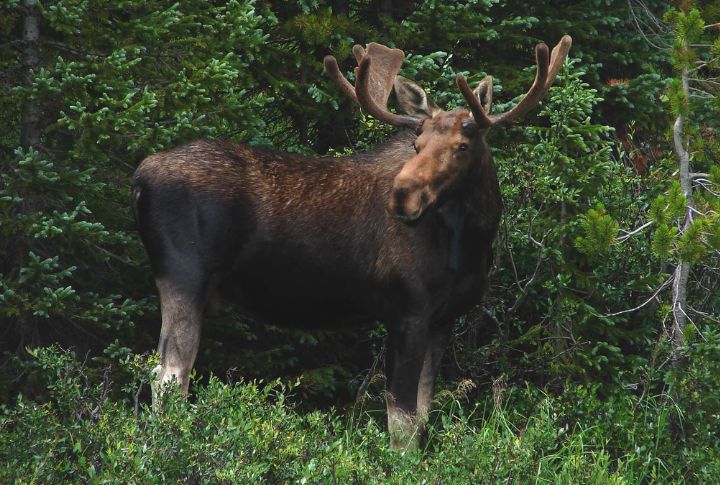
Colorado’s stunning peaks are a hiker’s paradise, but the mountains also conceal some threats. Often seen as gentle creatures, moose can charge and attack if they feel cornered. Black bears also scavenge in campsites, sometimes leading to deadly endings. Stay aware of your surroundings and follow wildlife safety guidelines. It can help prevent such accidents.
Georgia
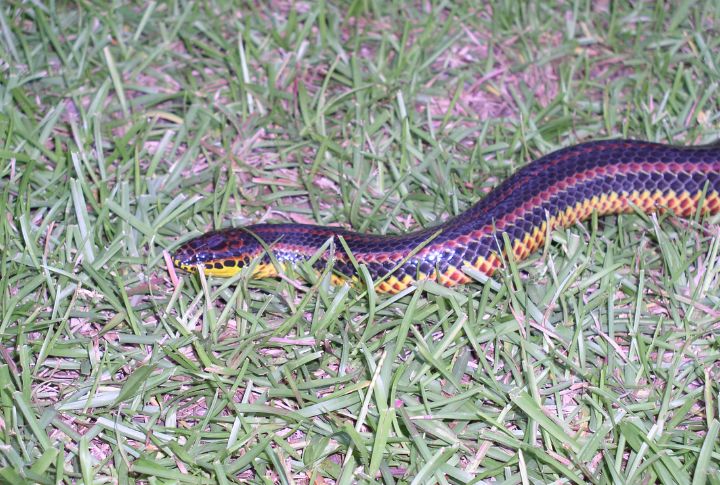
Georgia is home to copperheads, rattlesnakes, and water moccasins, all of which pose a venomous threat. Though most snakebites are non-lethal, certain species, like the Eastern diamondback rattlesnake, can deliver a fatal dose of venom. With high humidity and dense forests, Georgia remains one of the riskiest states for snake bites.
